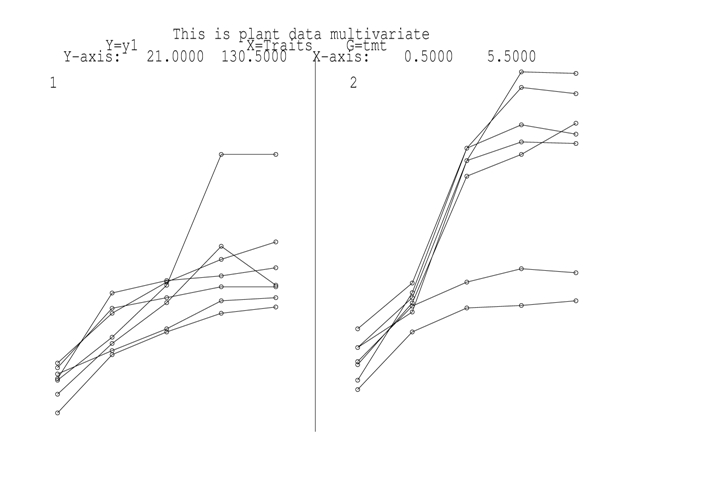

Consider, for the sake of simplicity, the simple case of no repetition per subject.

Indeed, the multiple-trait SAD model can be considered to be a specific kind of SEM in which the structural parameters are functions of time. This model fits the covariance structure of the data with few parameters better than other models and provides unbiased estimates of the correlation between. This constraint on the correlation between error terms ensures the identifiability of the parameters in the multiple-trait SAD model, as has been demonstrated for structural equation models (SEM). Regarding the first topic of research, we have developed and implemented the structured antedependence model (SAD) for the analysis of longitudinal records of feed conversion ratio (FCR). Multiple-trait structured antedependence model to study the relationship. The single-trait SAD model assumes that a random effect at time \(t_\). Semantic Scholar extracted view of ASREML user guide release 1.0 by A. In the present study, we developed a multiple-trait extension of the structured antedependence model (SAD) to overcome this issue and validated its usefulness by modeling the association between litter size (LS) and average birth weight (ABW) over parities in pigs and rabbits. Multiple-trait random regression models are commonly used to analyze repeated traits but suffer from several major drawbacks. Some genetic studies need to take into account correlations between traits that are repeatedly measured over time. The structured antedependence (SAD) model also deals with the correlation structure of data and has been shown to better fit covariance structures than RR models (Jaffrzic and Pletcher, 2000.


 0 kommentar(er)
0 kommentar(er)
